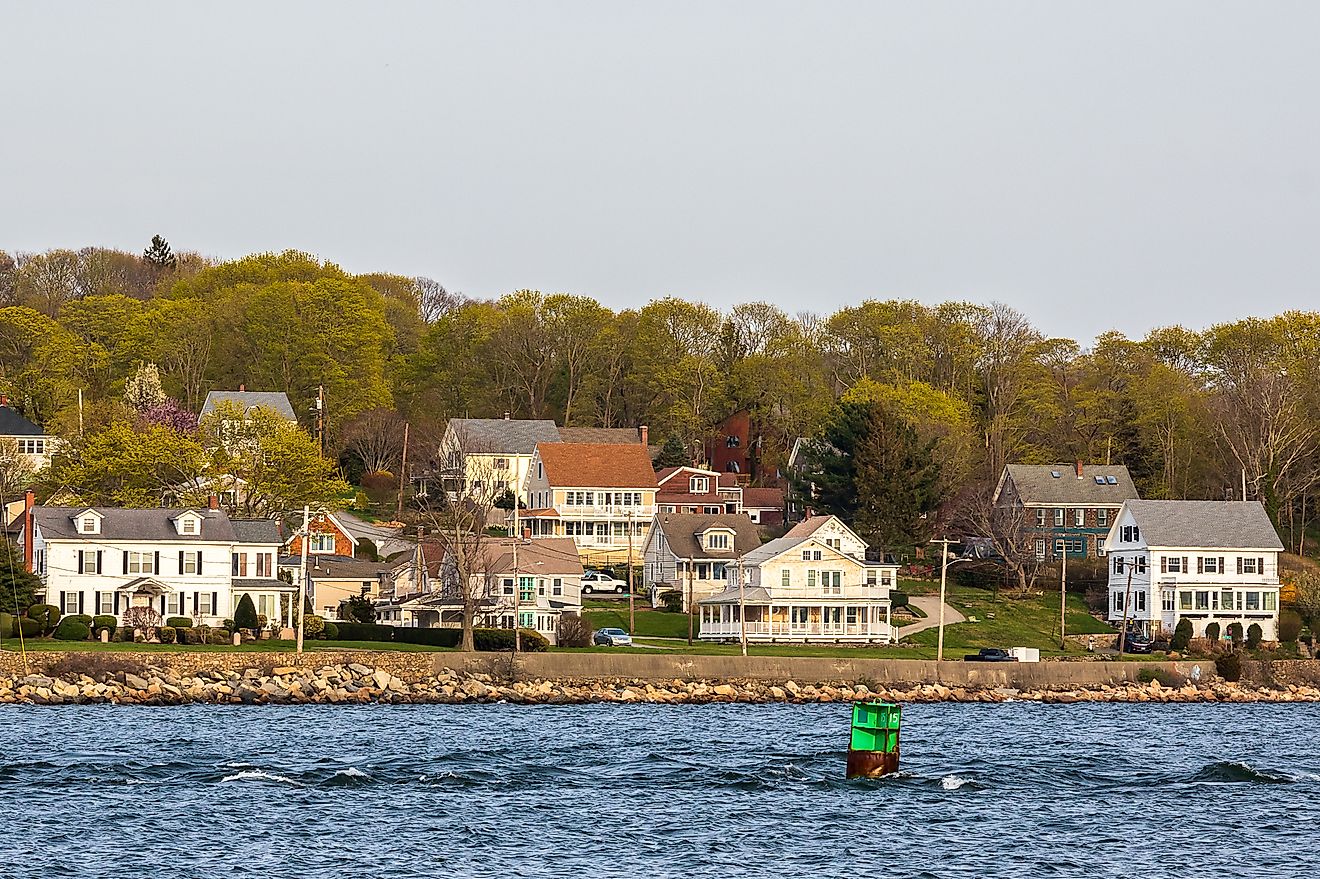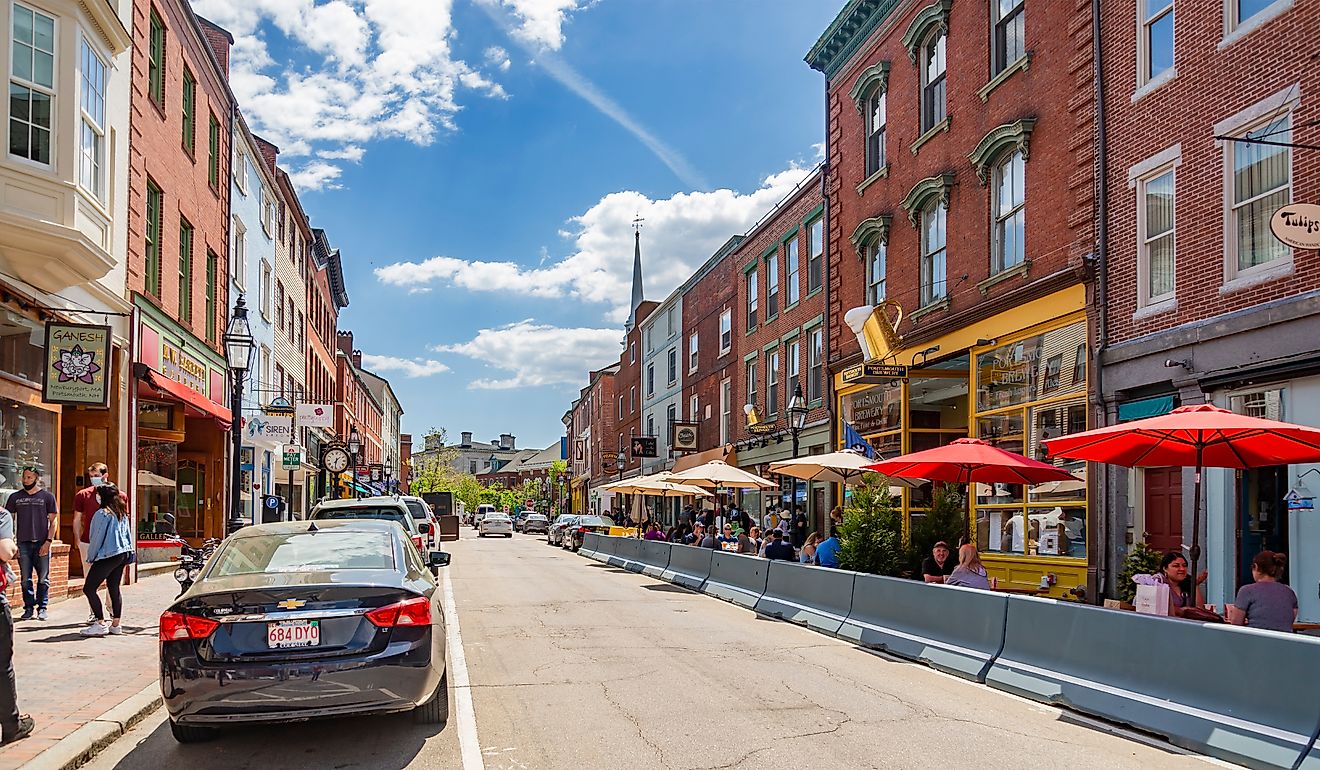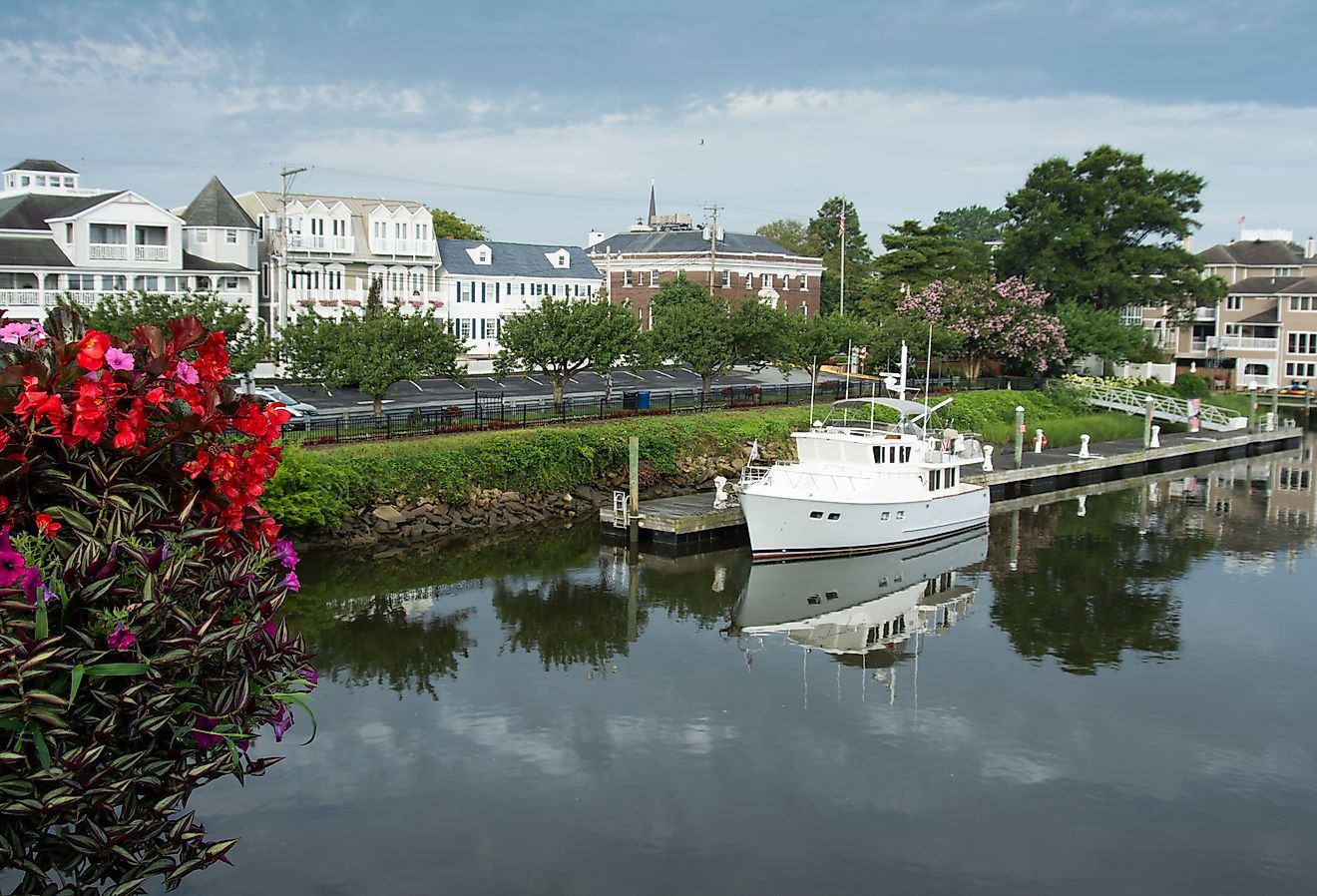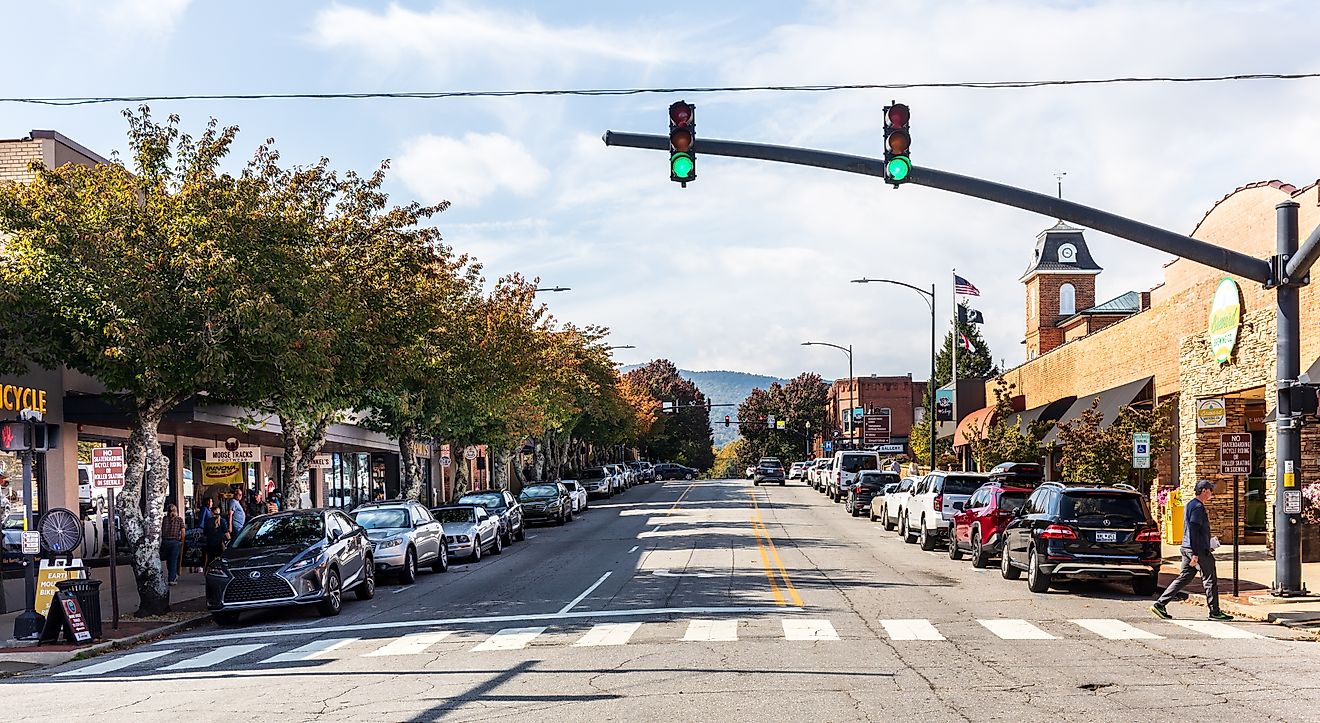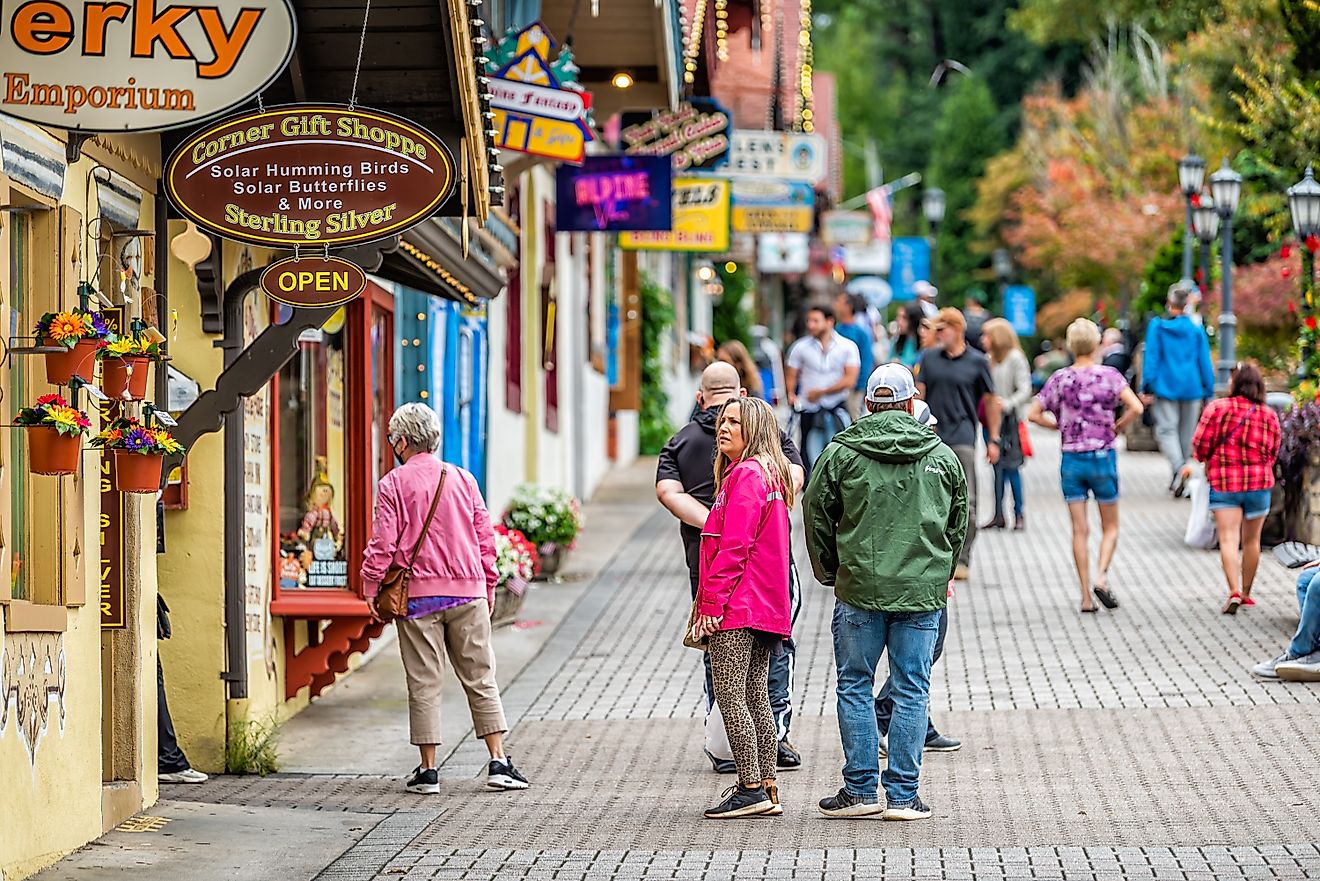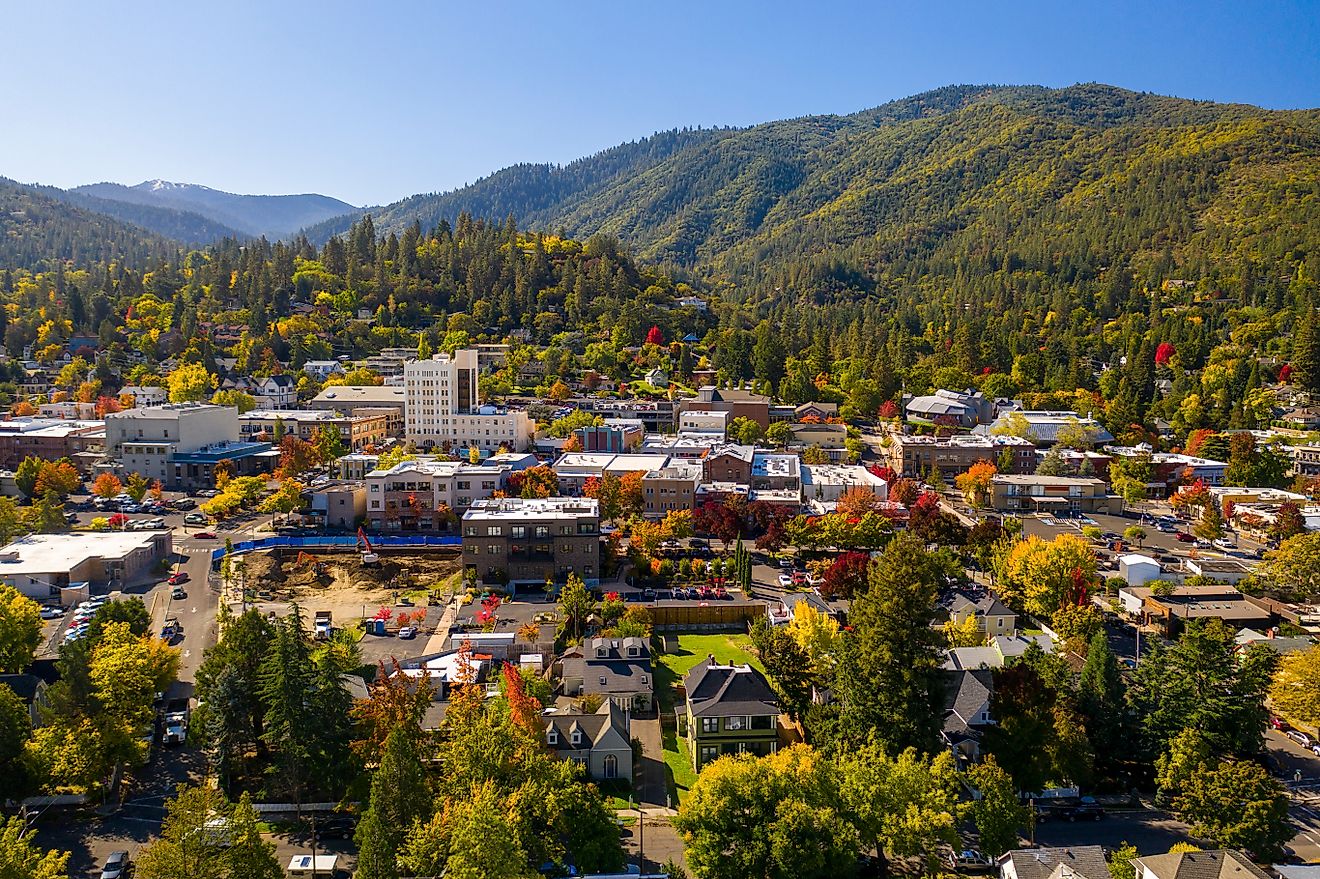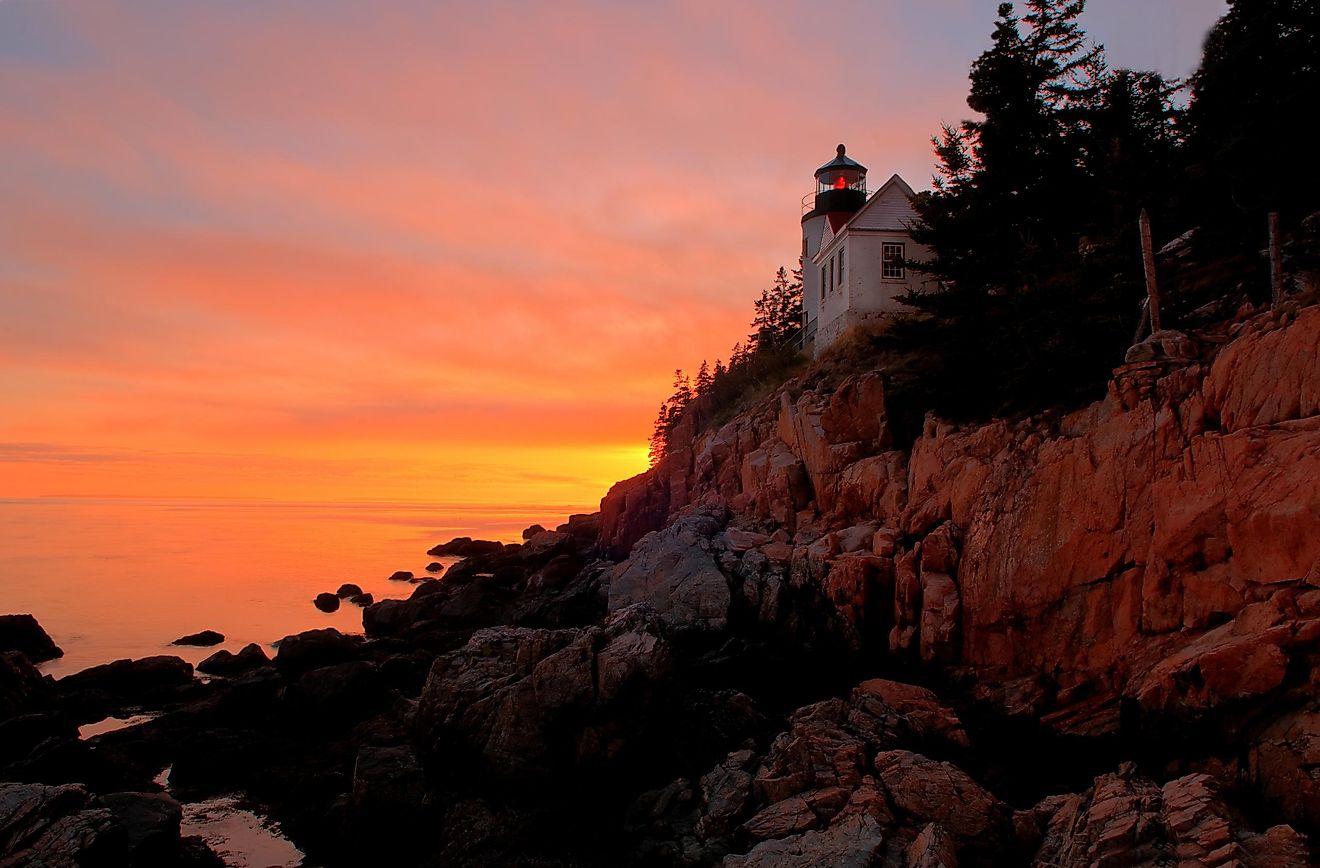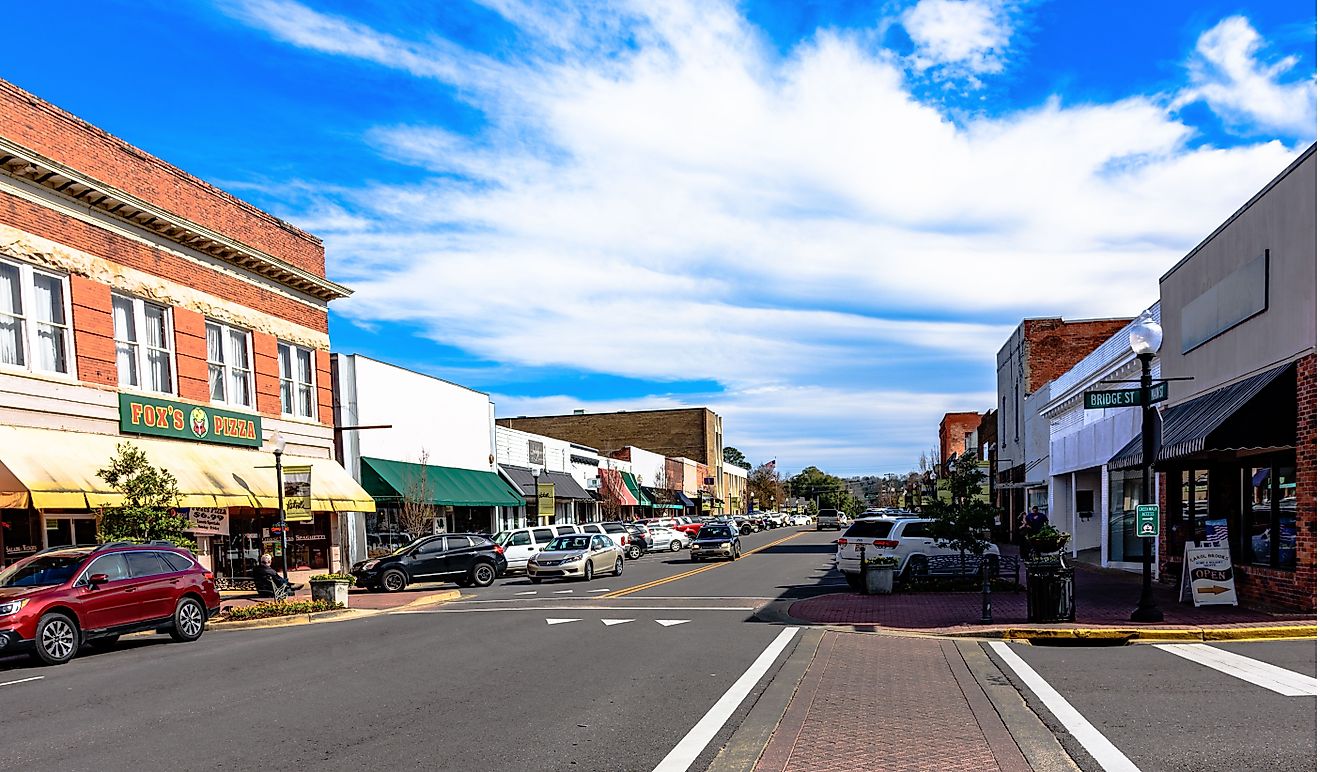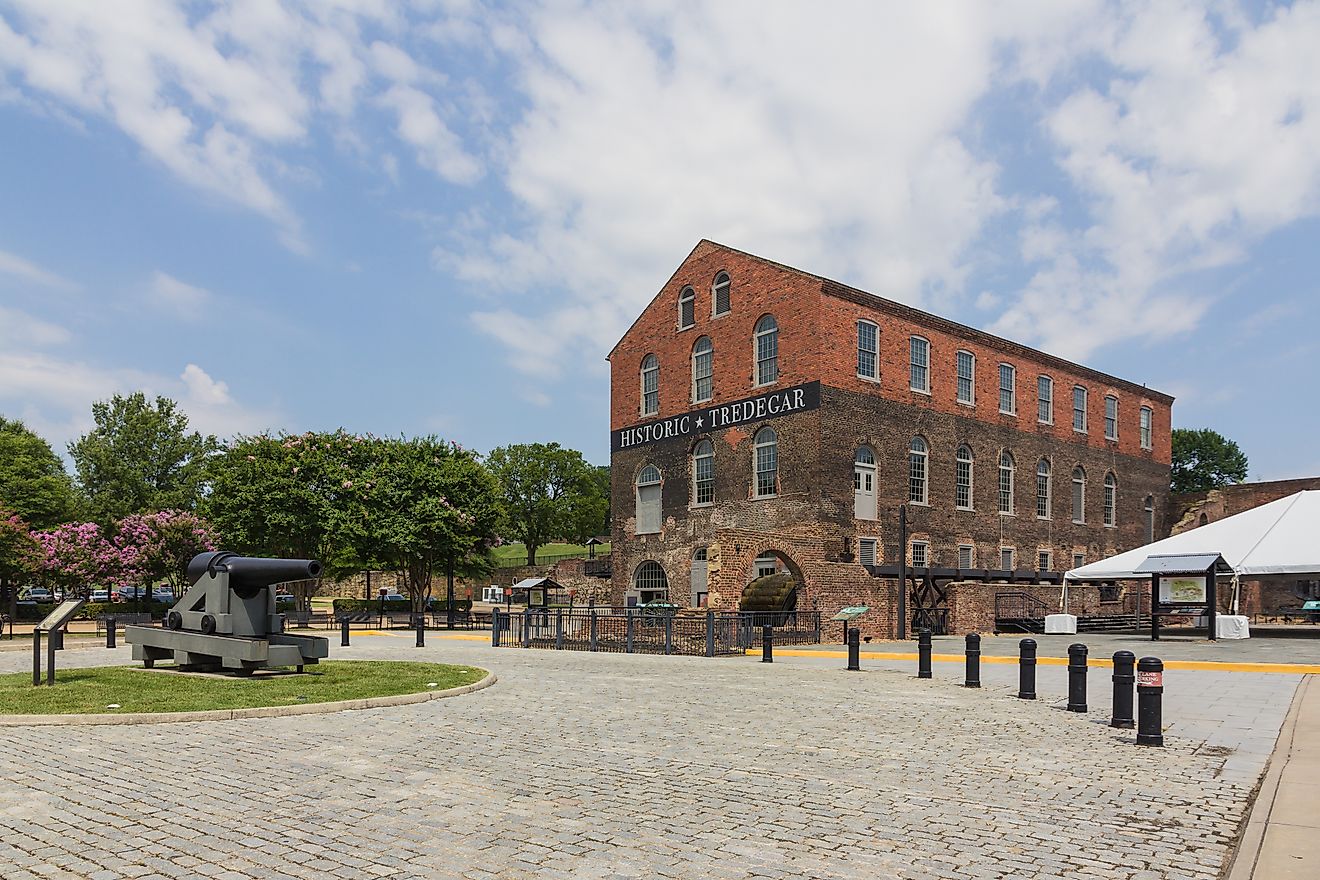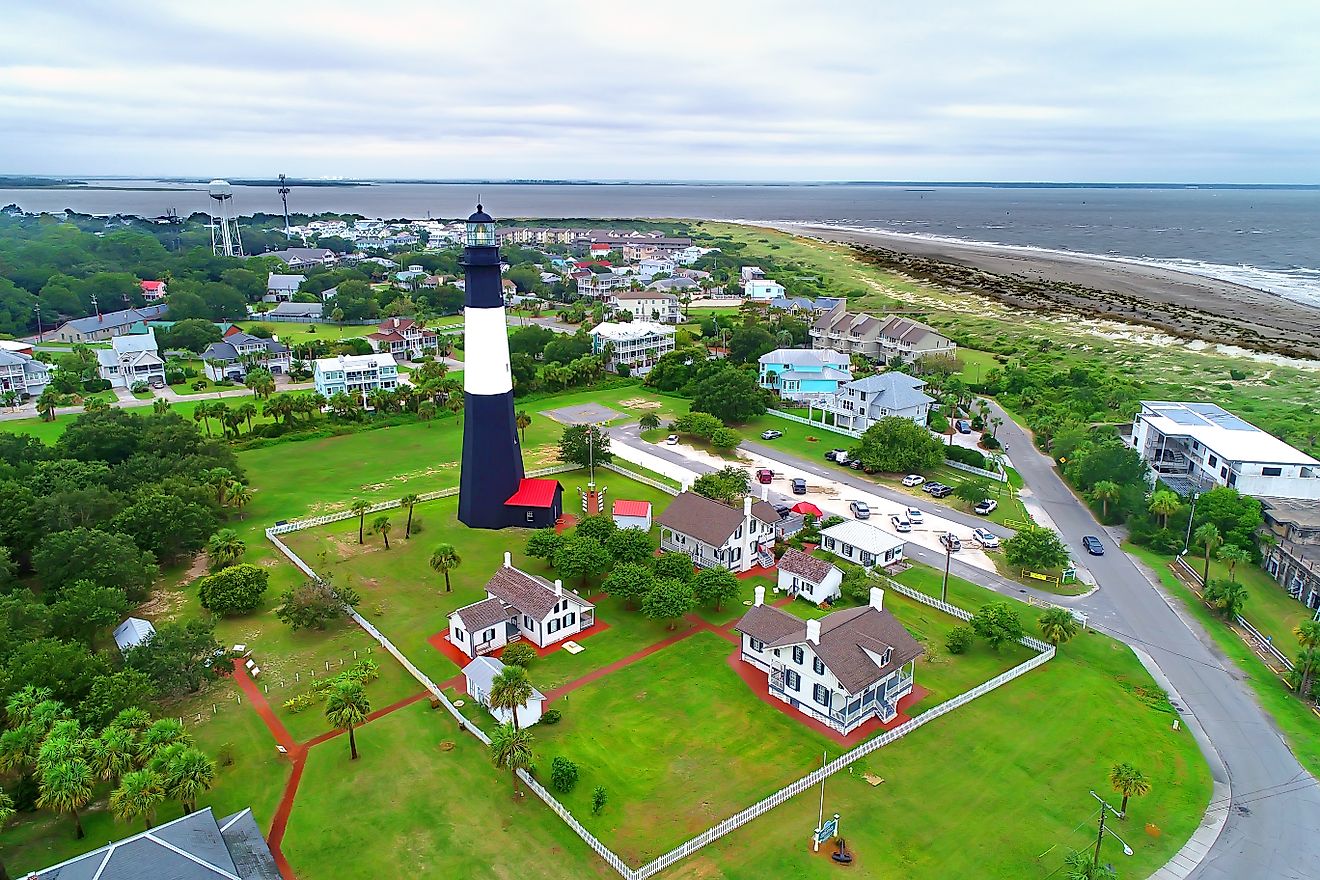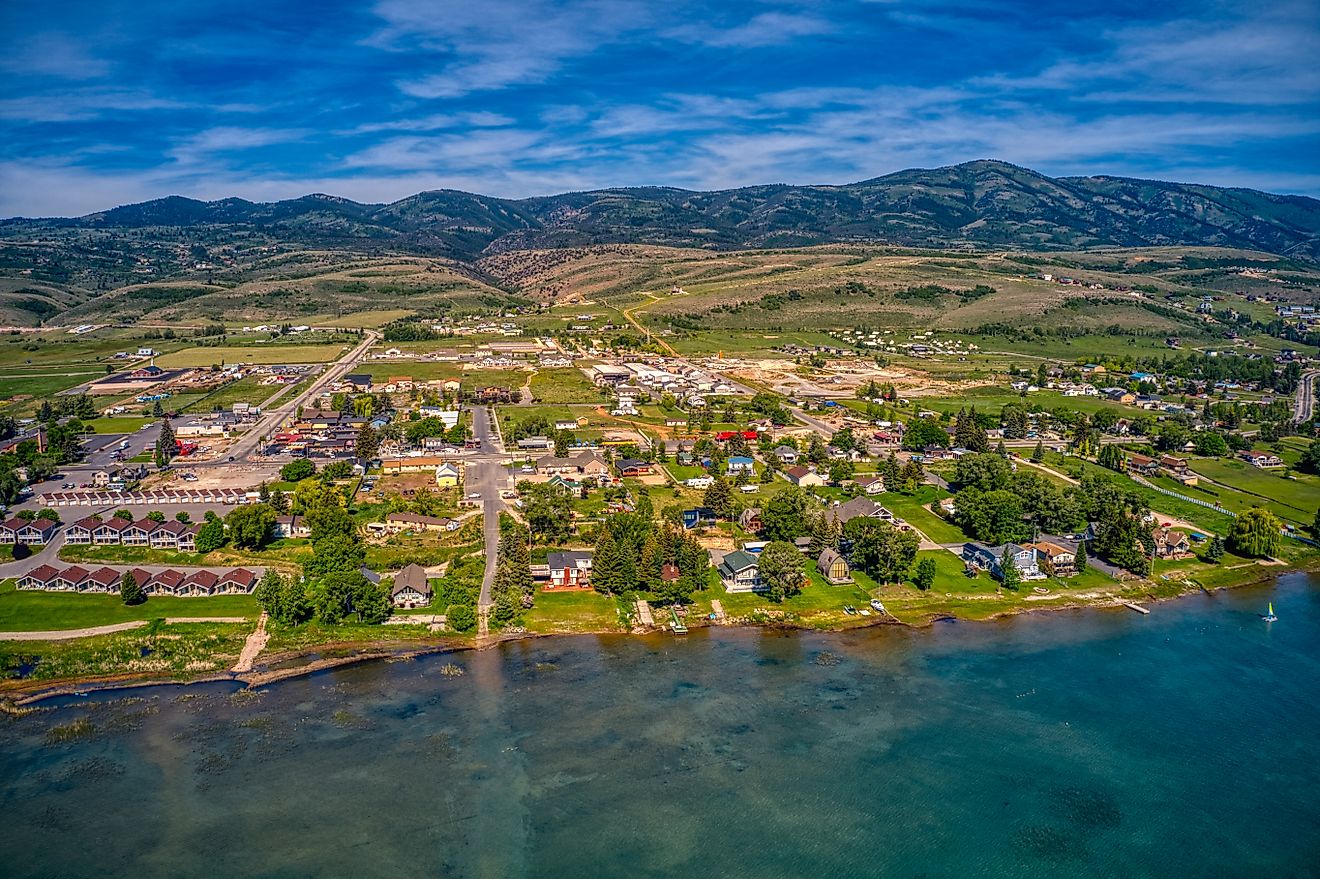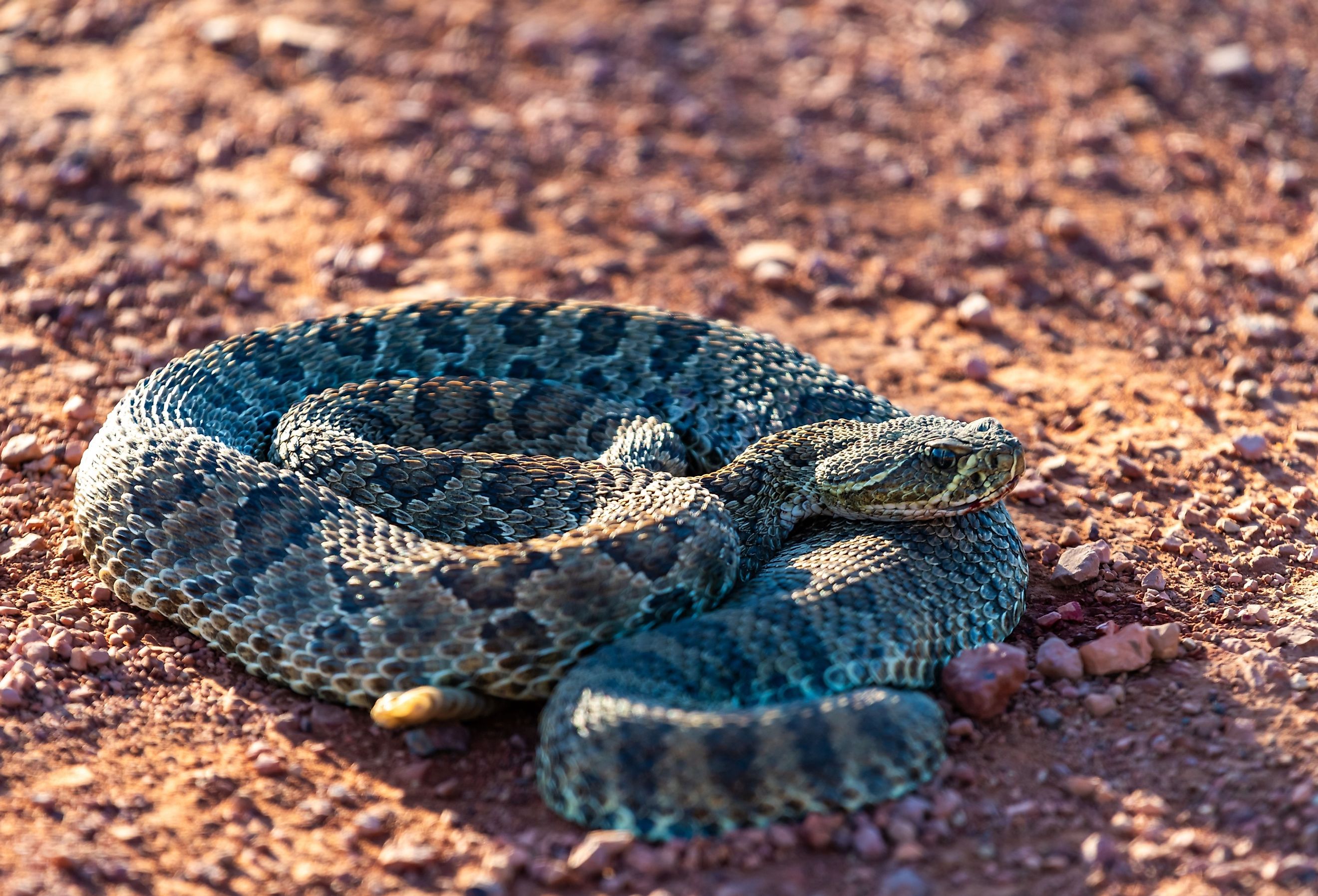
7 Most Rattlesnake Infested Areas in North Dakota
North Dakota, with its vast prairies, rolling hills, and sprawling badlands, is a state that epitomizes wide-open spaces. Amid this seemingly endless expanse, there’s a surprising quirk of nature: only one species of rattlesnake calls this state home. In an expansive place where the sky meets the land, the western prairie rattlesnake is the sole venomous guardian of the Peace Garden State. For those exploring this unique state, North Dakota offers a wealth of attractions that showcase its natural beauty and rich history, like Theodore Roosevelt National Park, Maah Daah Hey Trail, and Lake Oahe. Among all this adventure and beauty, the western prairie rattlesnake remains a reminder of the wild spirit of North Dakota’s landscape, and outdoor explorers are gently reminded to give them plenty of space in the most rattlesnake-infested areas in North Dakota.
Theodore Roosevelt National Park

Theodore Roosevelt National Park is a major tourist destination known for its stunning landscapes called Badlands, scenic beauty, and wildlife. It is truly a place that invites visitors to hike through awe-inspiring rugged terrain, take in stunning star-filled skies, and watch the buffalo roam. Named after the 26th president of the United States, the park is located in Western North Dakota and, thanks to the historical and geographical realities of the region, divided into three units: the South Unit, the North Unit, and the Elkhorn Ranch Unit. The park is a top destination on any hiker’s bucket list, especially for travelers who appreciate solitude, diverse terrain, and wildlife encounters with bison, wild horses, elk, coyotes, and prairie rattlesnakes, commonly found in rocky and grassy areas and along hiking trails.
Its massive system of trails offers something for everyone, from casual walkers to adrenaline seekers. The south unit alone has about 100 miles of hiking trails and is the most popular unit in the park. The north unit is less crowded and provides spectacular views of the badlands and the Little Missouri River, a tributary of the Missouri River. Hikers wanting to explore the north unit should check out the 0.7 to 1.4-mile Little Mo Nature Trail, the 4.1-mile Caprock Coulee Trail, or the 11-mile Buckhorn Trail. As a reminder, hikers should stay on designated trails and be cautious when near rocks or underbrush.
Medora

Medora is the historic gateway town to the south unit of Theodore Roosevelt National Park. Before exploring the south unit, spend time in the small town discovering its unique landmarks, including the Chateau de Mores, the one-time 26-room, two-story summer residence turned house-museum of the Marquis de Mores, who arrived in 1883 and named the new town Medora in honor of his wife. Wanna-be cowboys won’t want to miss the North Dakota Cowboy Hall of Fall, where they can learn about the lifestyles of the area’s Native Americans, ranchers, and rodeo riders. The Hall of Honorees pays tribute to North Dakota’s culture, lifestyle, and legacy with new inductees annually. Finally, the Medora Musical is a lively, must-see country western music review held outdoors in the Burning Hill Amphitheatre. While prairie rattlesnakes are less likely to be found in town, the town’s proximity to the national park, nearby hiking trails, and scenic overlooks are potential habitats, so visitors should practice caution.
Missouri River
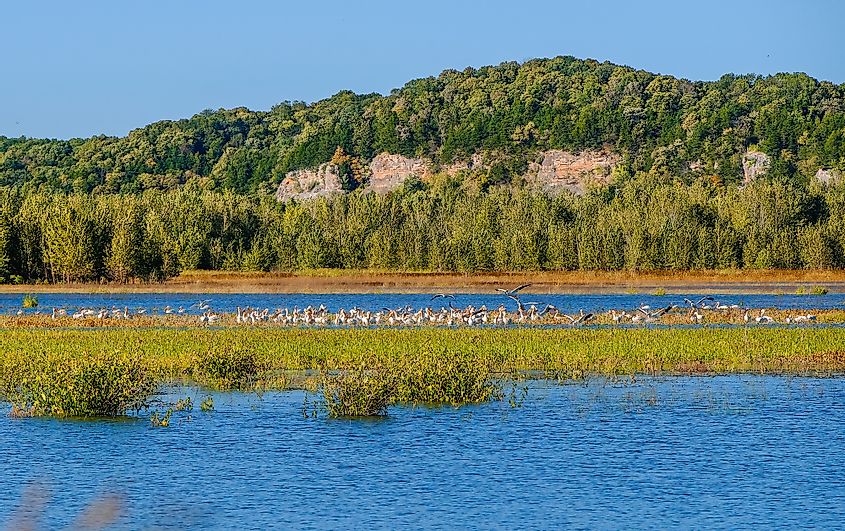
Rattlesnakes are found in grasslands, sagebrush areas, and high rocky ledges of buttes. While they are primarily found in southwestern North Dakota, they have been observed in counties bordering the Missouri River, like Emmons County, which dispels a long-held rumor that there aren’t prairie rattlesnakes east of the river. The county even has a butte named Rattlesnake Butte. The rattlesnakes tend to appear more during years when the water level in the river is high and the snakes are pushed out of the lower country. As part of a study on wildlife management areas, researchers at North Dakota State University have been keeping track of a large rattlesnake den since 2015, recognizing that rattlesnakes are an essential part of the ecosystem, controlling rodent and small mammal populations.
Lake Oahe
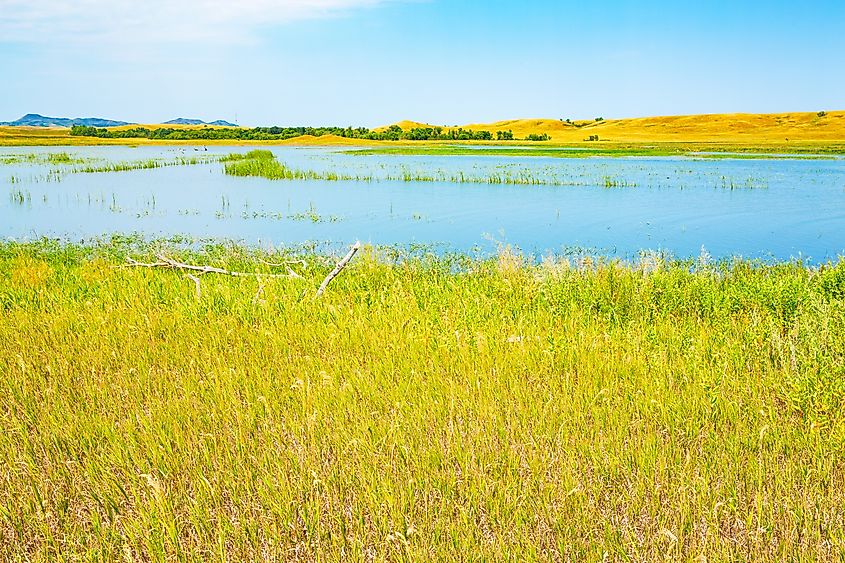
Lake Oahe is one of the largest reservoirs in the United States, extending 231 miles along the Missouri River from Pierre, South Dakota, and extending as far north as the state capital in Bismarck, North Dakota. With more shoreline than California and tons of easy access points around the lake, it is a top year-round spot for water enthusiasts, especially swimmers, boaters, and anglers, looking to catch walleye, northern pike, catfish, and smallmouth bass—visitors to the recreation areas along the lake range from 1.4 to 1.5 million people annually. Over the years, anglers have reported more rattlesnake sightings along Lake Oahe. North Dakota’s only venomous snake, the prairie rattlesnake, varies in color from greenish-gray, brown to red to all brown, with dark, oval blotches surrounded by white markings.
Maah Daah Hey Trail

A favorite for hikers, mountain bikers, and horseback riders, this iconic 144-mile trail stretches through the north and south units of the Theodore Roosevelt National Park and the Little Missouri National Grasslands. The name comes from the Mandan Tribes and means “land that will be around for a long time.” While the park attracts outdoor enthusiasts throughout the year, the trail is also a haven for wildlife aficionados, with no shortage of birds, mammals, and reptiles to discover across the badlands. American bison, pronghorn, and coyotes are just a few of the residents that may be encountered during a hike. At the same time, prairie rattlesnakes might be spotted sunbathing on or near the trail, especially in warm weather. Along the trail, special points of interest include the China Wall, Devil's Pass, and the Ice Caves. The symbol for the trail is the turtle, denoting patience, determination, steadfastness, and more.
Little Missouri National Grassland
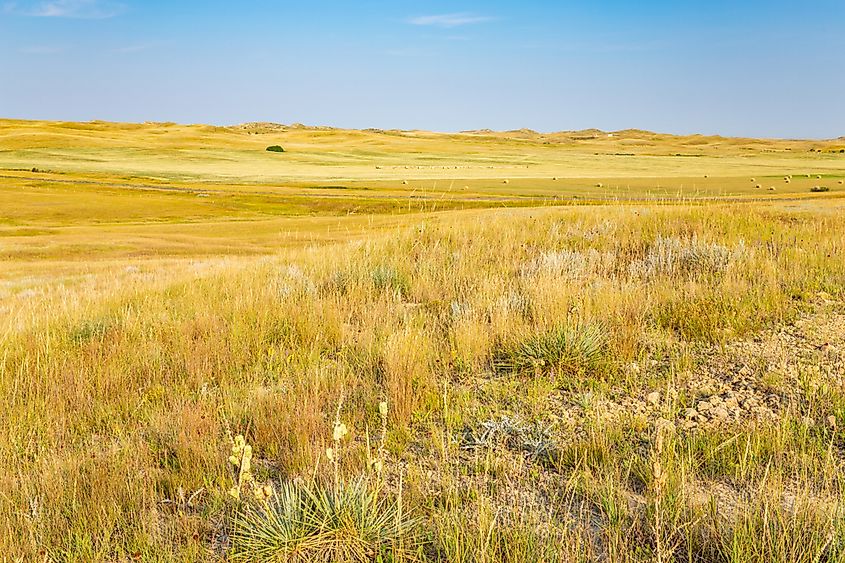
The Little Missouri National Grassland is the largest in the United States, spanning over 1 million acres in western North Dakota. It surrounds much of Theodore Roosevelt National Park and reflects the president’s commitment to the environment. Roosevelt is regarded as one of the most significant conservationist presidents in U.S. history. The grasslands are the perfect destination for eco-tourists seeking a wilderness experience in the heart of the Great Plains. Visitors can explore the trails by hiking, biking, or, as Roosevelt did, on horseback. Other recreational activities in the grasslands include mountain biking, camping, hiking, and fishing for bass, crappie, and trout off the Sather Lake Recreation Area floating pier.
The Little Missouri National Grasslands are part of the Dakota Prairie Grasslands, which also includes the Sheyenne National Grasslands, the Cedar River National Grasslands, and the Grand River National Grasslands. North Dakota’s highest point, White Butte, is located in the southeastern corner of the grassland. Prairie rattlesnakes are widespread throughout the Great Plains, and visitors may encounter the venomous snakes who enjoy open grasslands and prairies.
Hazelton
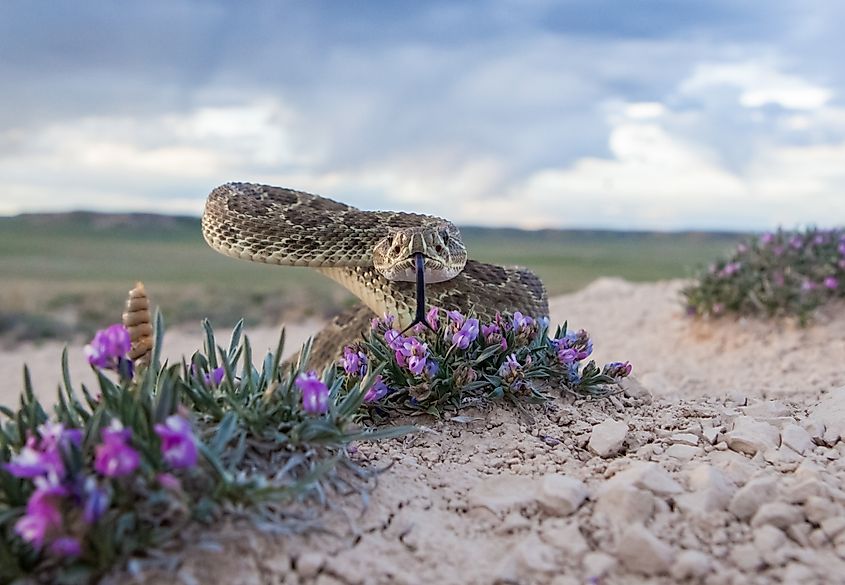
Hazelton is a small rural community about forty miles south of Bismarck, with a growing reputation as a rattlesnake hotspot. While its proximity east of the Missouri River has typically made it an unlikely location for rattlesnakes, more random sightings have been reported in the last two years. Prairie rattlesnakes are commonly found in rugged terrains or near badland areas. Still, a local radio host recently asked listeners to report any rattlesnake encounters they may have had east of the river, only to discover sightings in garages in South Bismarck, several encounters on a farm in Hazelton, and sightings of the snakes swimming in the Missouri River by local fishermen.
North Dakota officially joined the United States on November 2nd, 1889. Measuring over 180,000 square kilometers, North Dakota is one of North America's least densely populated states, leaving plenty of room for reptiles to roam. Home to eight species of snakes, there is only one venomous snake in the state, the prairie rattlesnake. According to local newspaper archives, over one hundred years have passed since the last death from a rattlesnake bite in North Dakota, when a rattlesnake bit a 4-year-old girl on September 23, 1915. Today, encounters are less common and shouldn’t prevent visitors from planning their next road trip across the Great Plains to some of the most beautiful rattlesnake-infested areas in the Peace Garden State.
